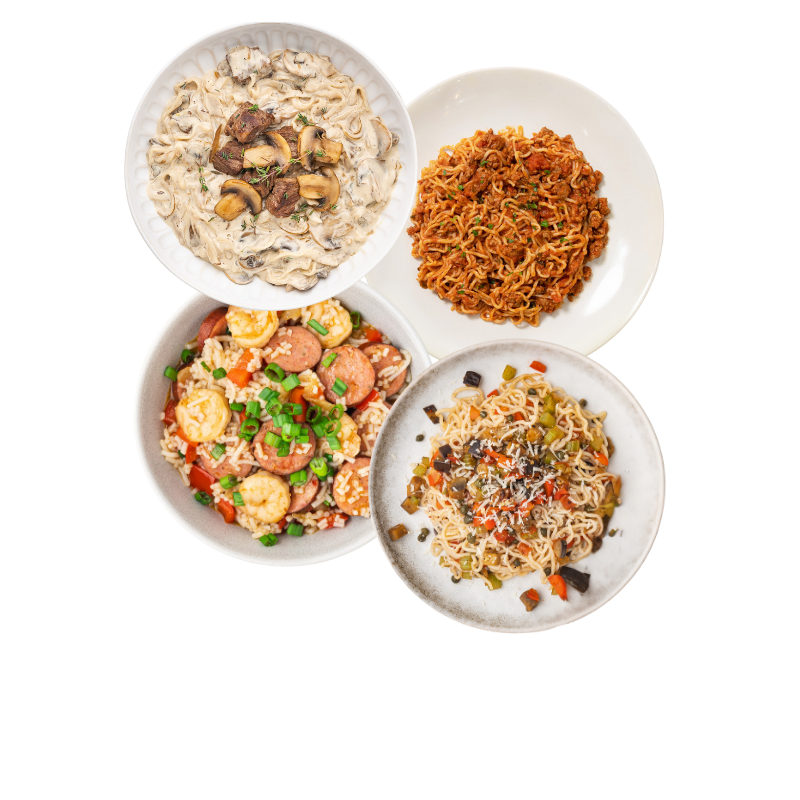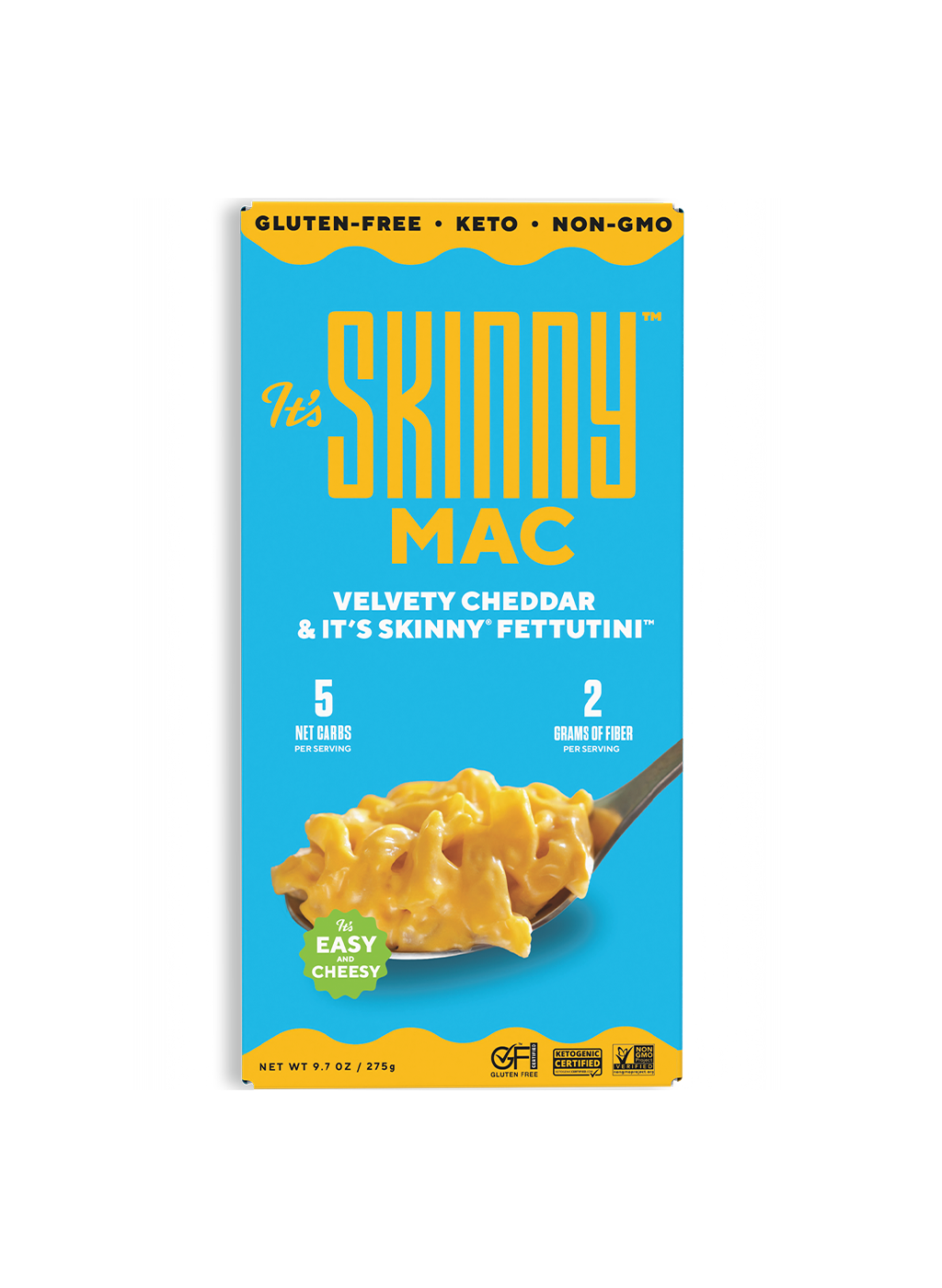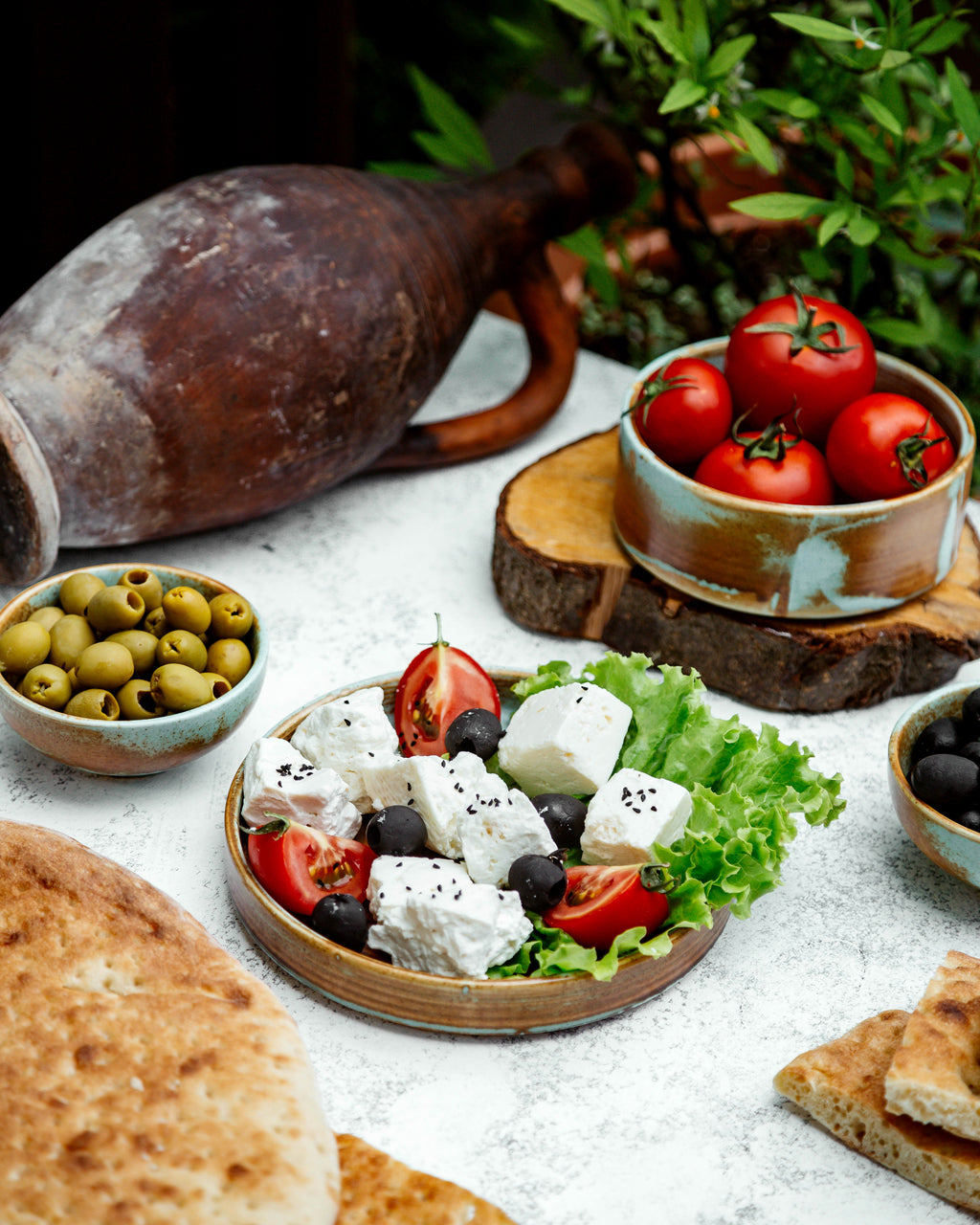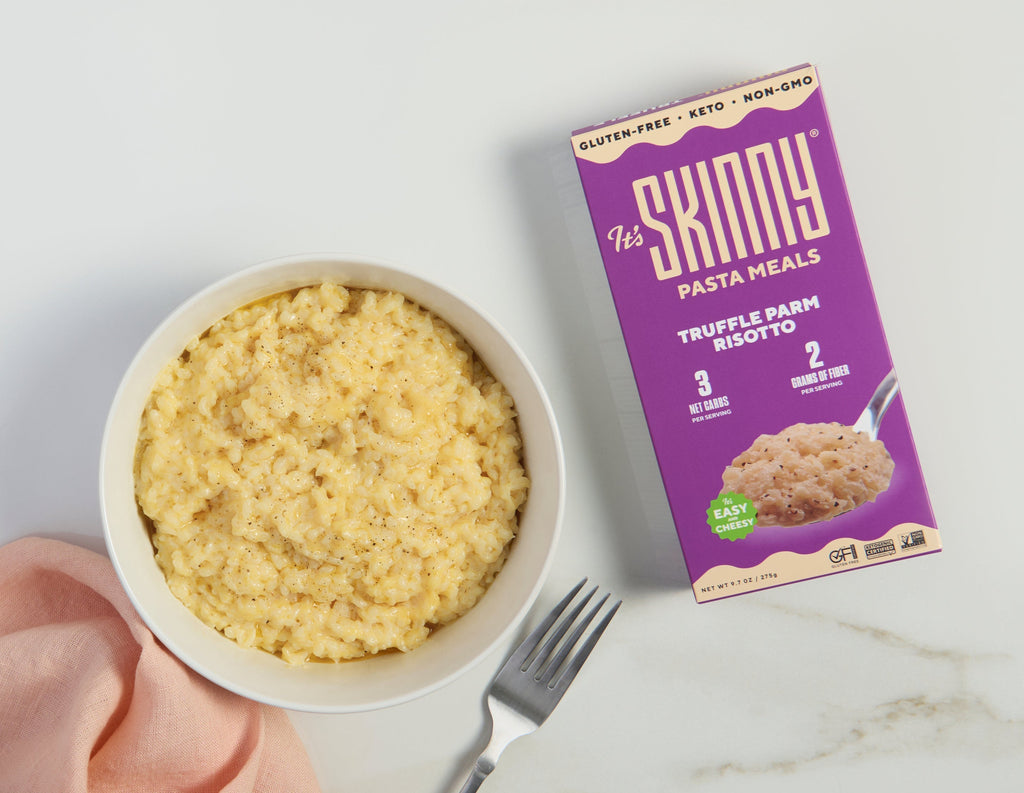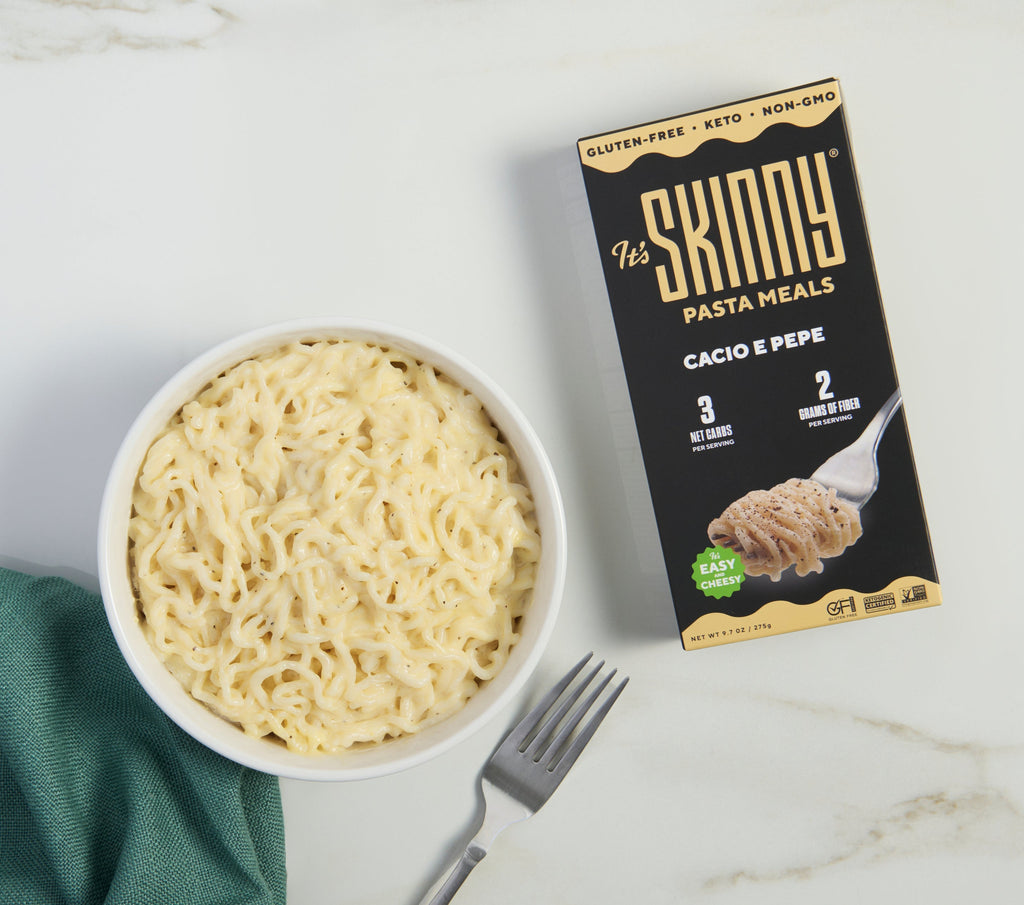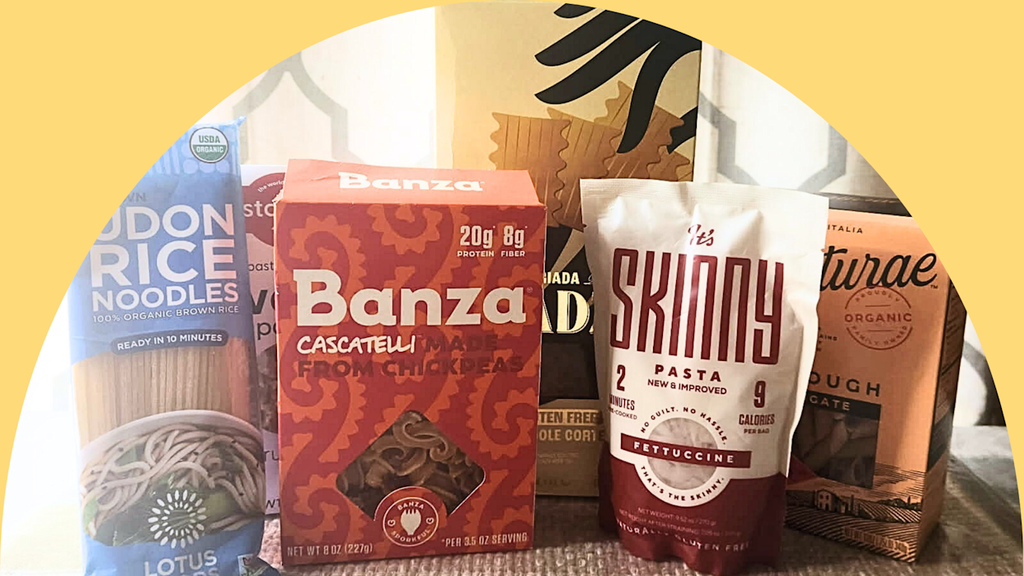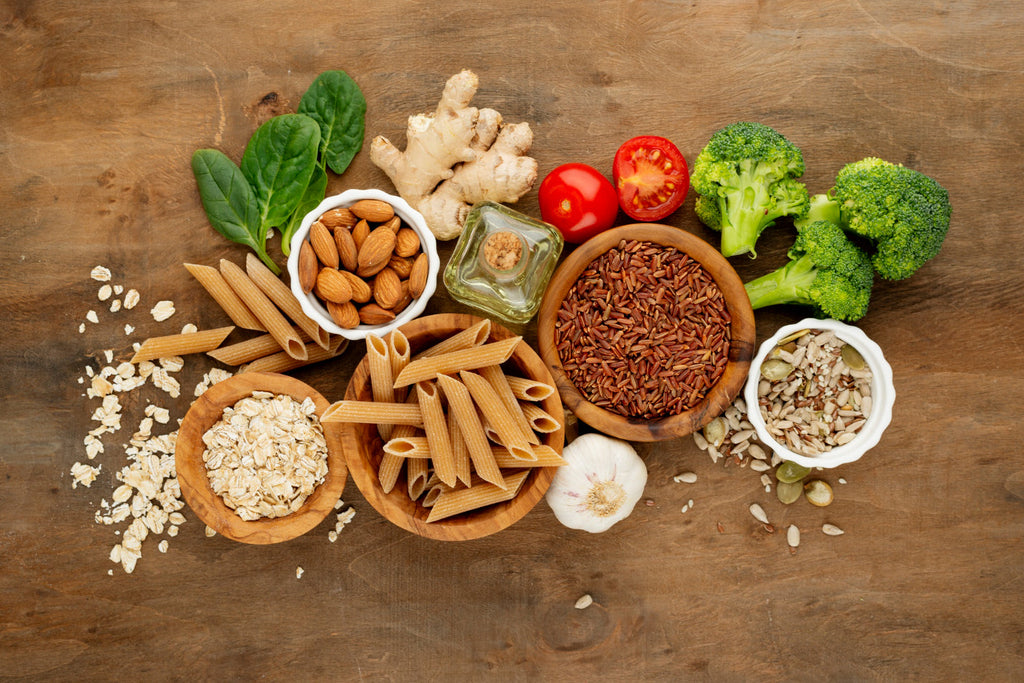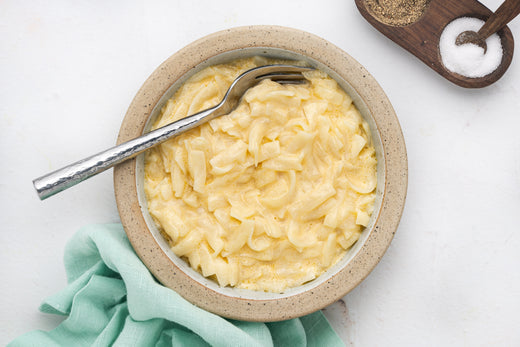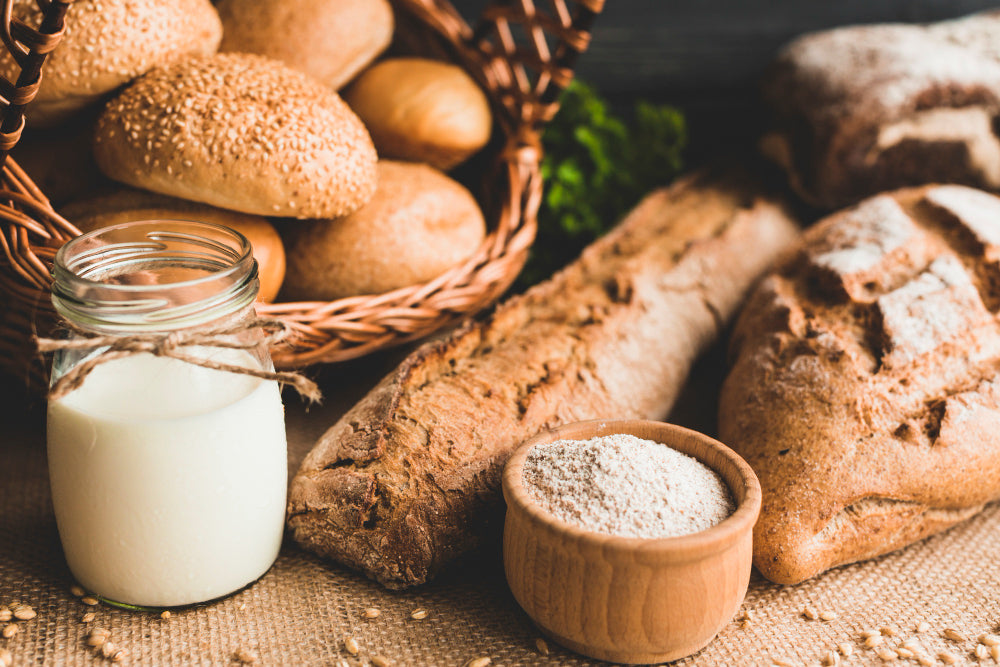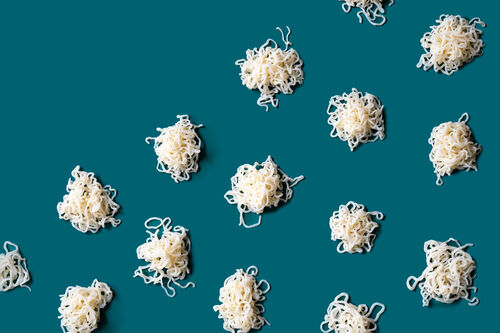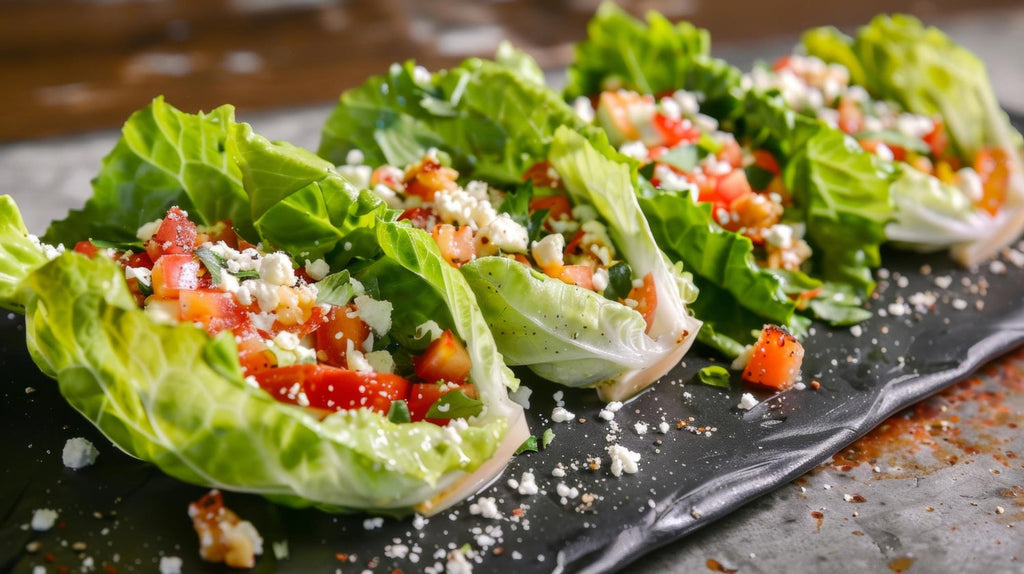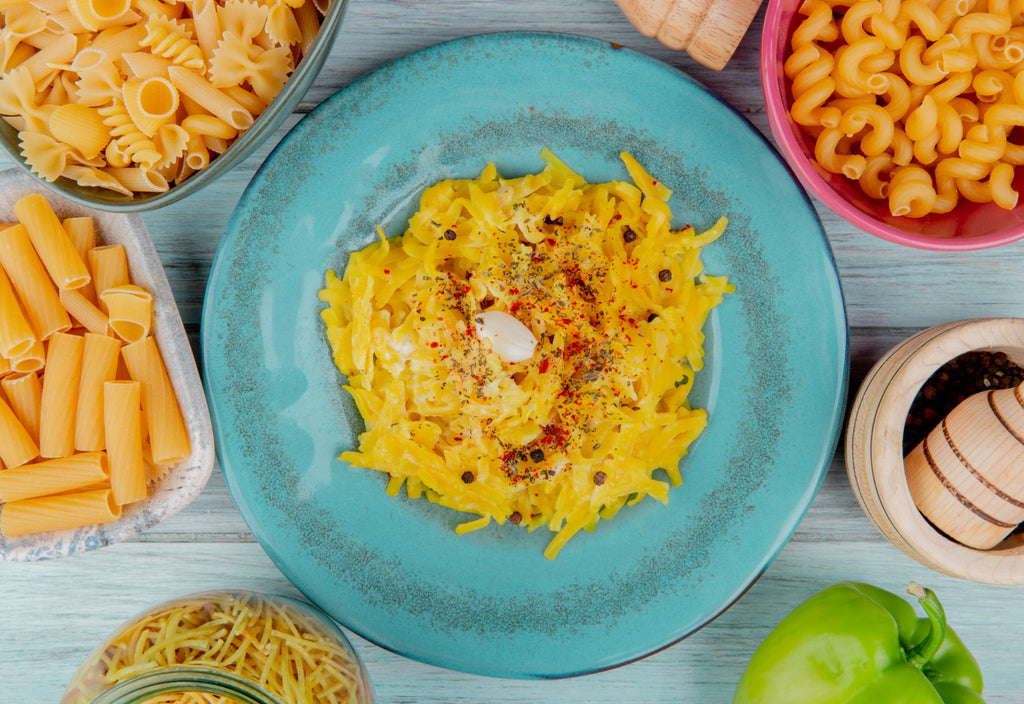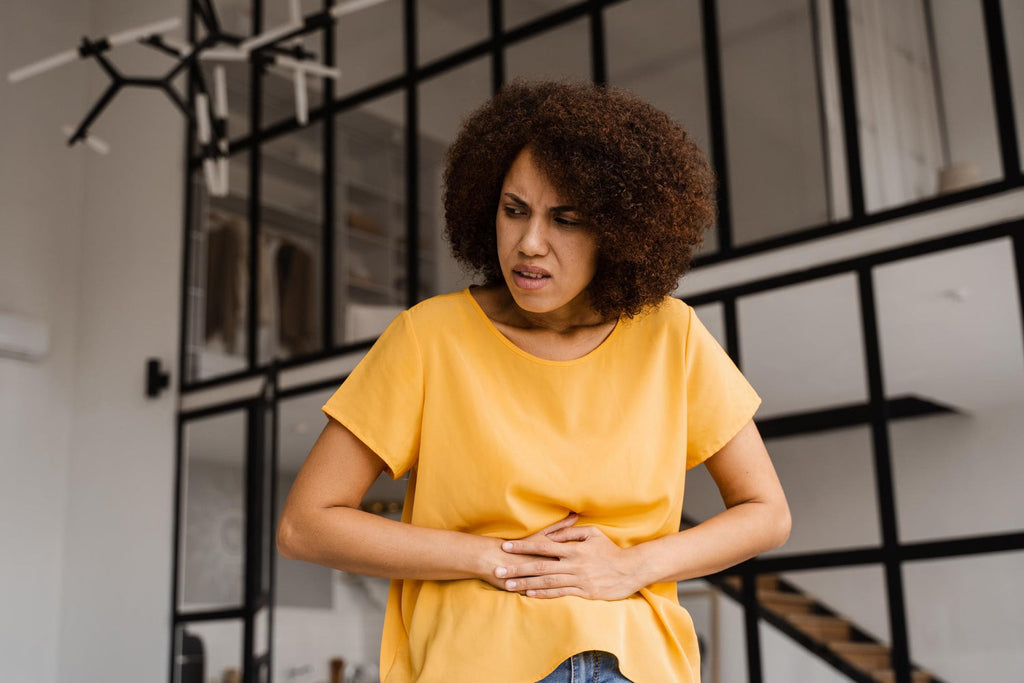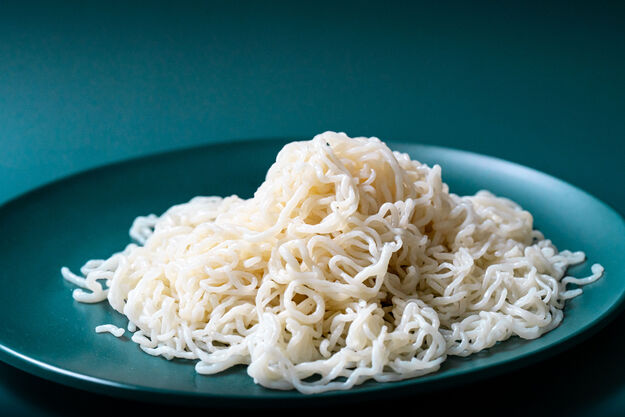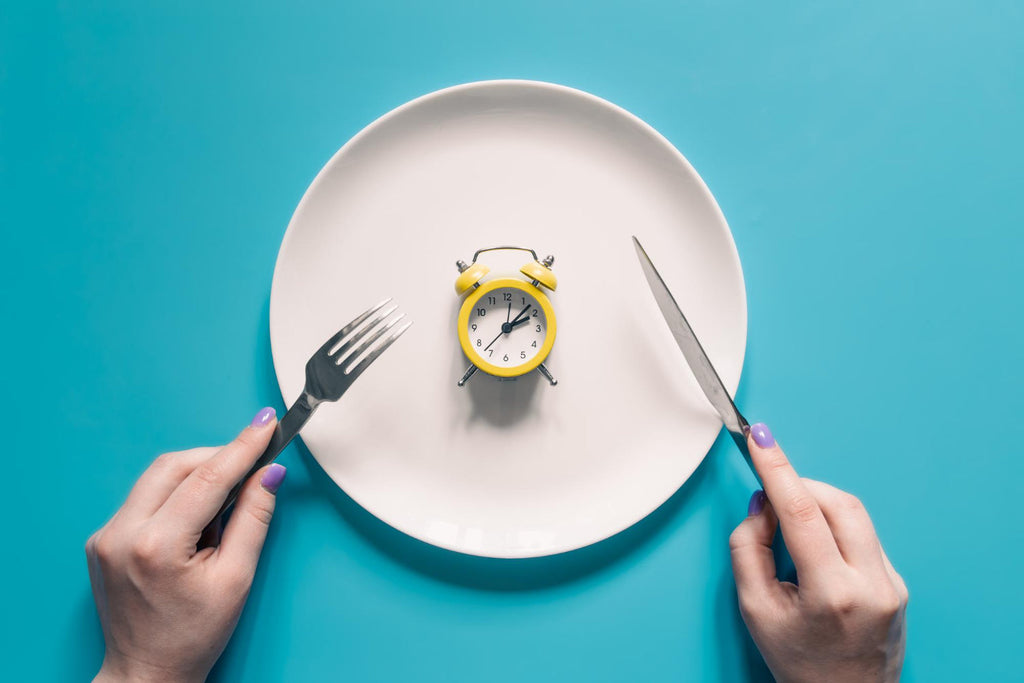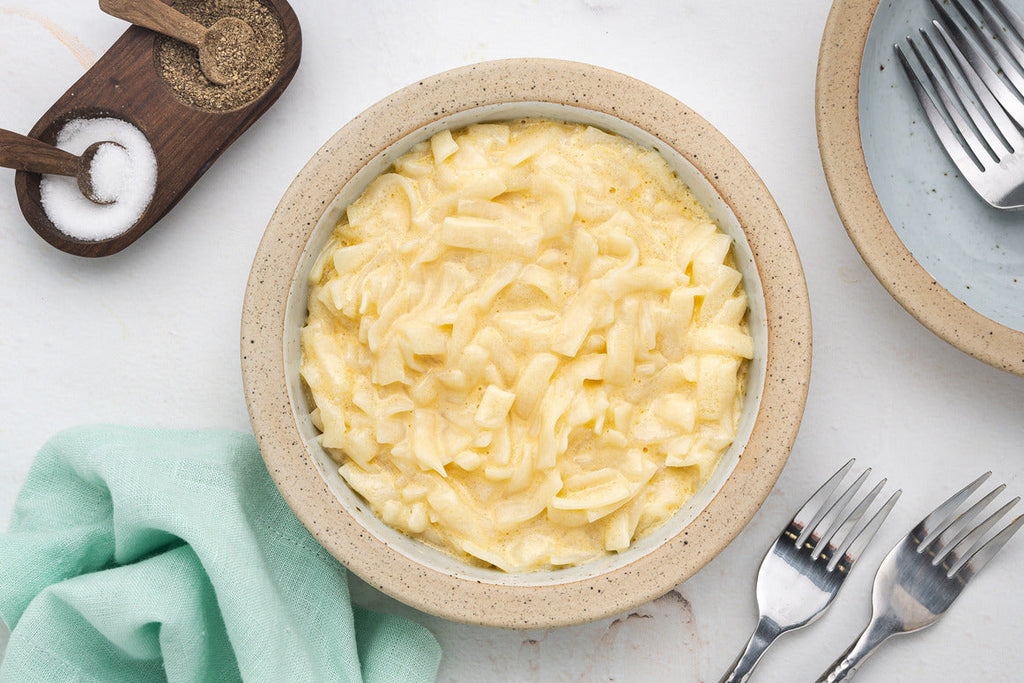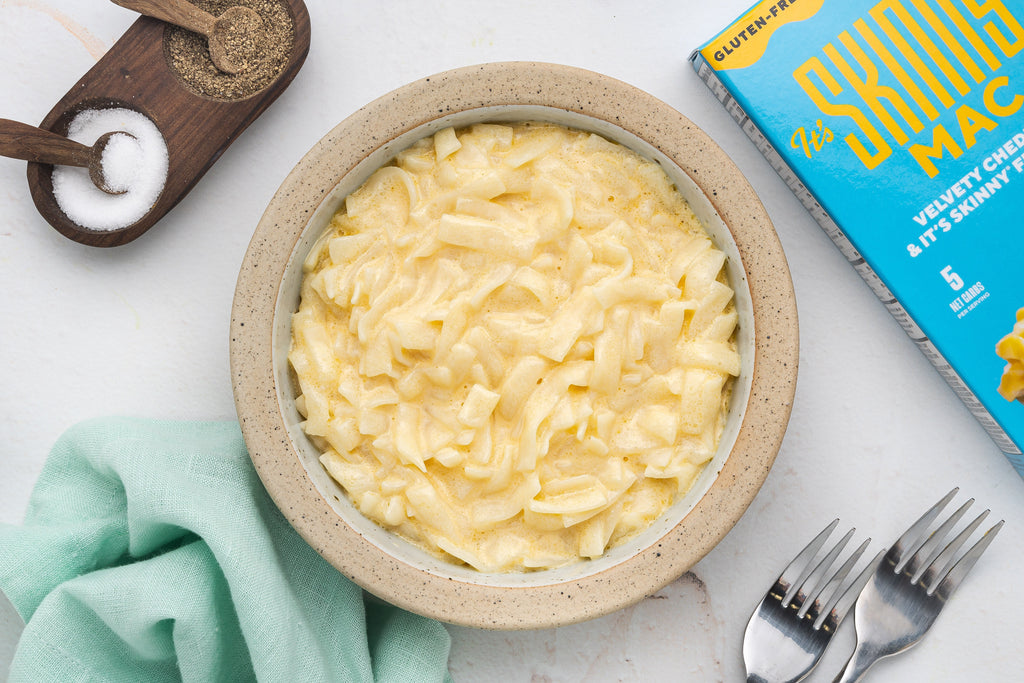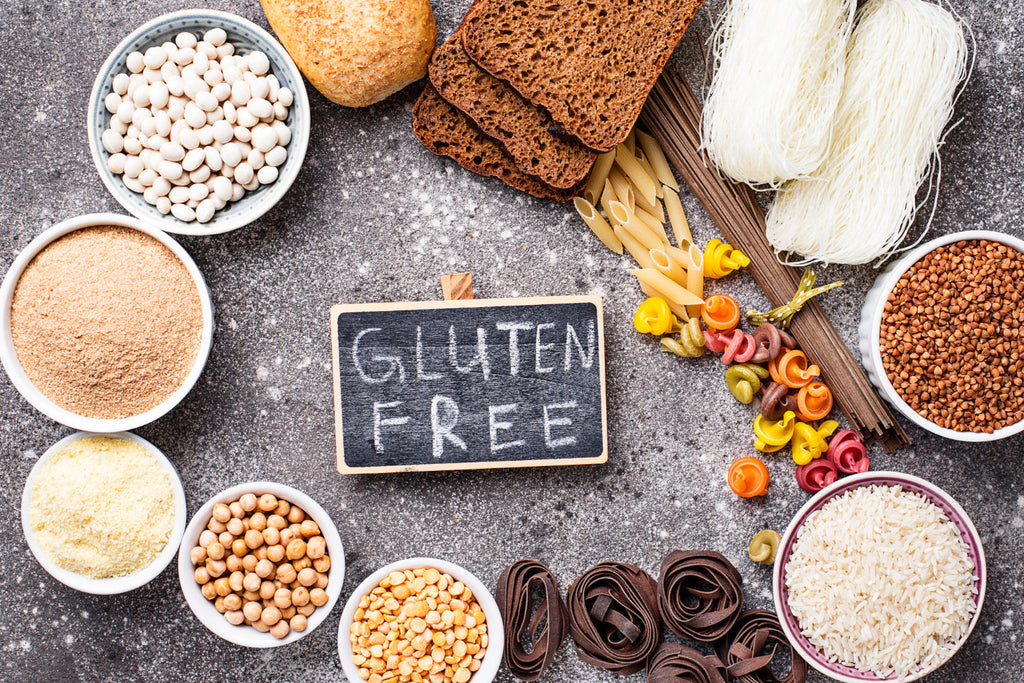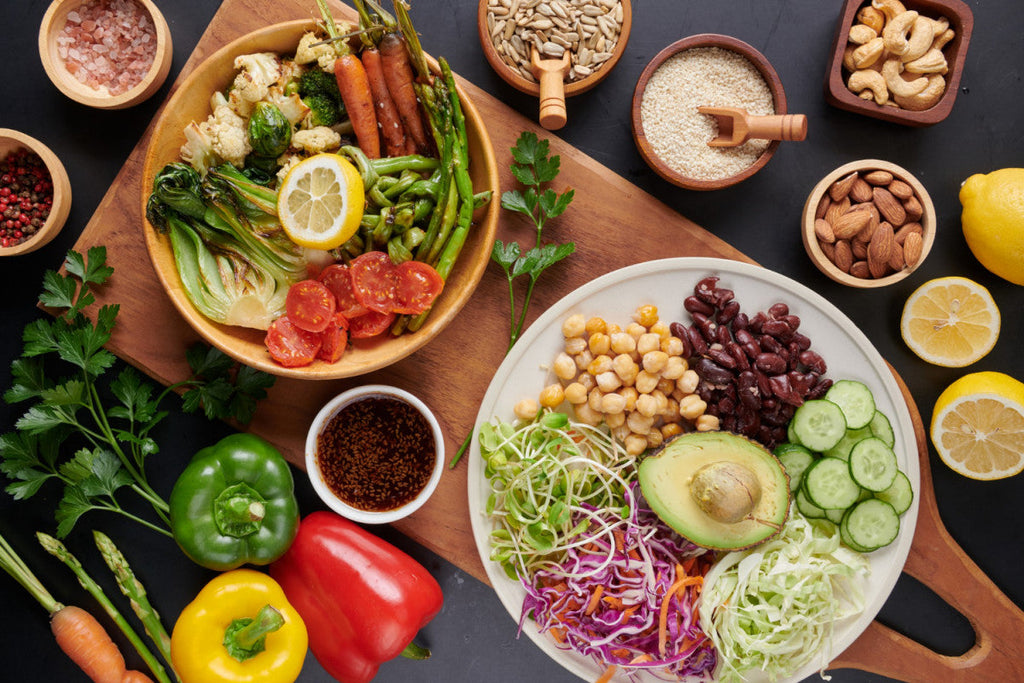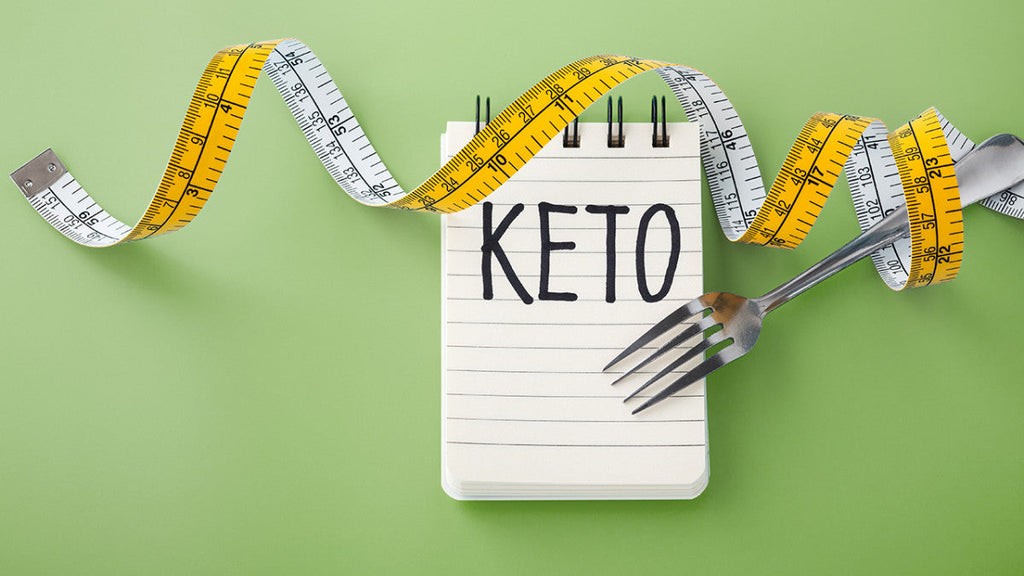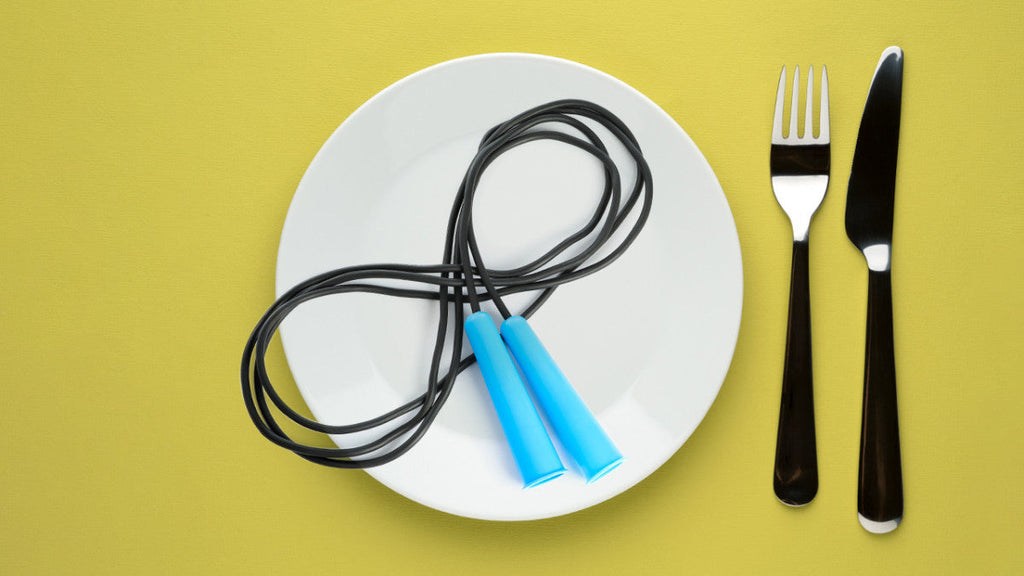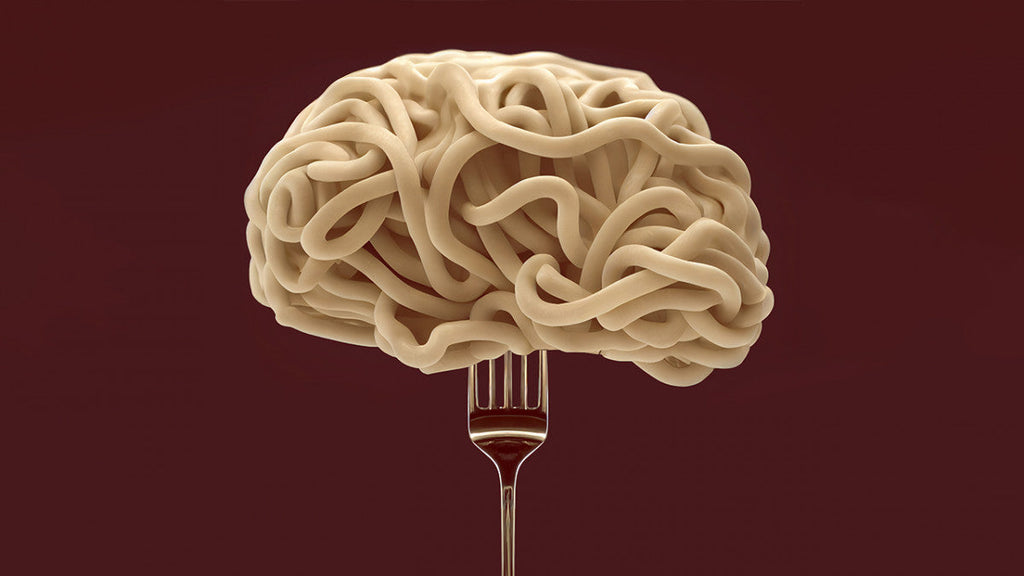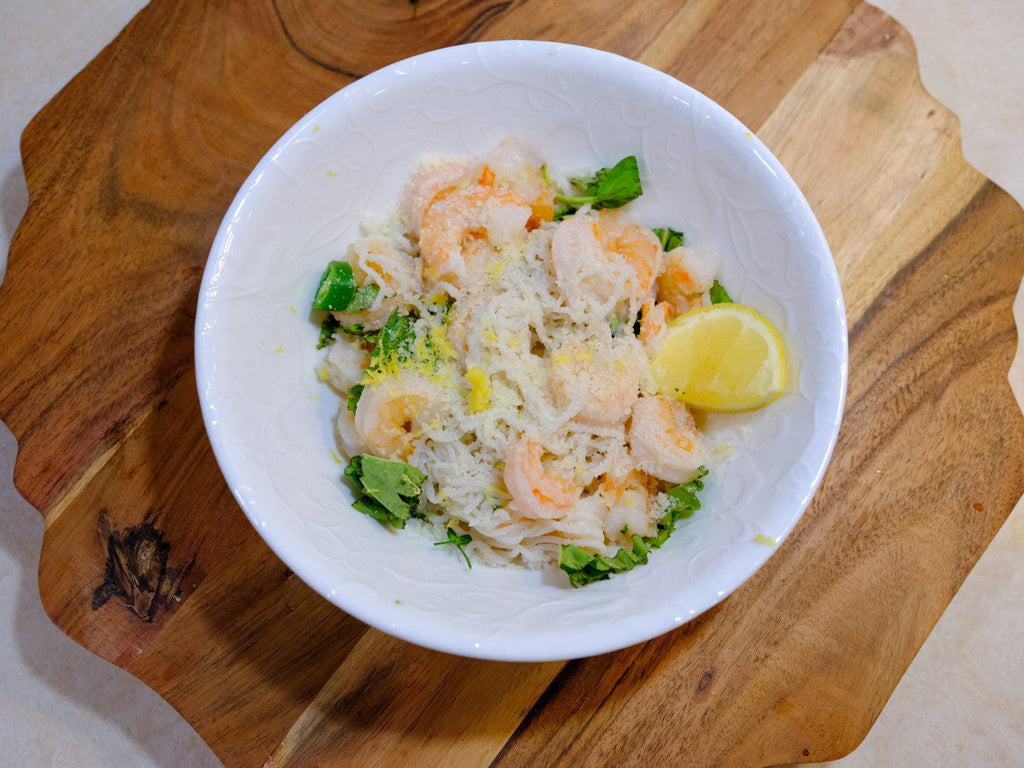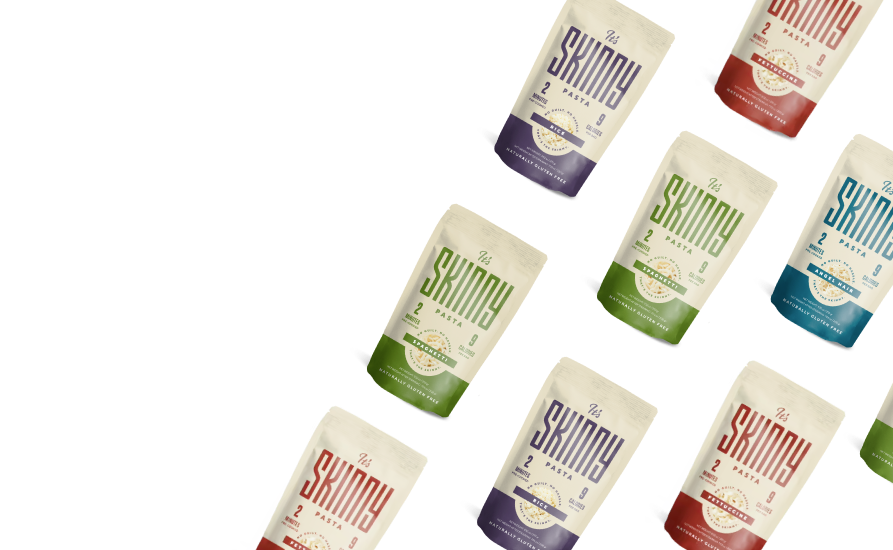The Importance of Electrolytes: How to Get Electrolytes on Keto

The ketogenic diet or “keto diet” has become a very popular diet trend over the past decade. For good reason—most people find keto very effective and appreciate the added energy boost in addition to weight loss.
But one of the main complaints of keto is that people may experience a period of feeling sluggish, achy, or run down, often known as “keto flu.” One of the main reasons for keto side effects is a lack of electrolytes. Here’s how to get electrolytes on keto and make sure you’re feeling well.
What is Keto Anyway?
The keto diet is a high-fat diet that focuses on low-carb foods. Most folks who follow keto aim to keep their carb intake under 50 grams per day (some go as low as 20-35 grams). When your carb intake is low, your body shifts into a state called ketosis. Ketosis helps you burn fat for energy instead of relying on the intake of sugars and carbs.
Keto works well because it gives people a set of guidelines to follow and often causes them to drastically cut their carbs and calories. Keto’s also a great diet option because it allows dieters to enjoy many often-forbidden foods, like avocado, bacon, and cheese. Healthy fats like olive oil are also welcome on keto.
As you may know, one of the secrets to success on any diet is to avoid deprivation. When people focus on restriction, they often experience carb cravings. It becomes hard to resist; eventually, people give up and "cheat." If you want to stick to any diet, including keto, it's essential to focus on the delicious foods that you can enjoy on the plan rather than focusing on foods that are forbidden (ahead, we'll share the secret food that helps keto dieters stay successful)!
Is it healthy to follow keto? Of course, you should always check with your doctor to make sure your body is ready for any diet. But most healthy people find that keto is easy. They can enjoy many of the foods they love and experience mental clarity, increased energy, and other side benefits that make it even more motivating.
But occasionally, people feel a little off when they first start on keto. They might feel tired, rundown, or overwhelmed by cravings. If you’re considering keto for losing weight, here’s what you should know.
The Keto Flu: What’s Behind Tiredness On Keto?
One reason that people sometimes struggle with flu-like feelings on keto (muscle weakness and pain, tiredness, headaches) is that they might not be getting enough minerals or electrolytes on their keto diet. Common electrolytes include sodium, magnesium, potassium, and calcium; without them, keto flu symptoms can rear their ugly head.
Many electrolytes come from fruits, vegetables, and other whole foods. When you start to cut out carbs and are getting your bearings on keto, you might accidentally omit too many of these foods containing essential minerals and end up with some nutrient deficiencies. This can cause symptoms of keto flu—a sign you aren't getting enough sodium, magnesium, potassium, and other minerals.
The other issue is that when your body shifts to ketosis and uses less insulin, you can end up processing electrolytes differently. Your kidneys might flush out more sodium, and you might be a little thirstier as you adjust to low-carb eating. When your electrolytes are out of balance, you'll feel tired and even a bit sick.
Some of the most common symptoms of the "keto flu" include weakness, low energy, fatigue, aches, muscle contraction and muscle cramps, brain fog, and stomach issues. Some people can even experience heart palpitations. You might feel slightly "off," like you're coming down with something. The best way to rule out electrolyte deficiencies is to get some into your diet to see if it helps. Replenishing some of your electrolytes with sports drinks can help you perk back up and get your energy and vibrance back. But you'll still need to find regular sources of these essential nutrients—it's always better to fit them into your everyday diet as whole foods.
Where to Find Keto-Friendly Electrolytes
So, what are the best sources of electrolytes in keto? There are options for sugar-free/carb-free electrolyte energy drinks on the market. If you're feeling dehydrated or off balance, it's not a bad idea to drink an electrolyte drink—make sure it doesn't contain high levels of carbs or sugar.
Otherwise, you can include many sources of key electrolytes in your diet to ensure that you're keeping your levels in a healthy range and restoring your fluid balance. Try the following foods for a keto-friendly electrolyte boost.
- Potassium: Try almonds and avocados to make sure you’re getting potassium in your diet. Mushrooms and leafy greens are also a great source of potassium.
- Magnesium: To get a magnesium boost, try pumpkin seeds. Leafy greens and salmon are excellent sources of magnesium and other essential electrolytes.
- Sodium: Surprisingly, sodium levels can drop on keto. Some good sources of sodium include table salt, pickles and pickle juice, and bone broth or bullion.
- Calcium: Calcium is another crucial electrolyte. Most folks get enough calcium with regular dairy intake, but broccoli and leafy greens are also good sources to help you get enough.
Now, if you're getting a well-rounded diet and drinking plenty of water, you will likely not experience too much discomfort when you shift into keto. Your electrolyte intake is essential to your well-being, though. If you're not feeling well, it's always a good idea to check with your doctor to rule out any concerns that might not be related to your diet.
Be Sure to Eat Enough to Cut Cravings
If you’re eating the right foods but still feeling hungry or a little sluggish on keto, it’s important to make sure you’re also eating enough food to maintain healthy electrolyte levels. Look for foods that are filling and delicious because, again—the biggest way to fail on keto is to shift into “deprivation” mode, which can lead you to end up throwing in the towel.
We want to tell you the best “secret” for keto (and any low-carb or low-cal diet success): It’s Skinny! If you aren’t yet familiar with It’s Skinny products, prepare to meet the pasta of your dreams! That's right—you can still have pasta without increasing your carbohydrate intake!
It's Skinny has ZERO net carbs and only 9 calories per pack. It's filling and satisfying—a great way to enjoy your favorite dishes while ditching the carbs that derail your diet. It's Skinny shirataki noodles are made from konjac root—a fibrous plant that happens to be the perfect taste and texture for pasta.
We offer traditional and organic varieties in various styles:
Can’t decide? Don’t worry. You can enjoy an It’s Skinny variety pack to get all the different options in one!
It’s Skinny is ideal for all different recipes—any dish that calls for traditional pasta. If you’re looking for ideas, explore our many great recipes. You can easily adapt any dish to suit your diet and taste preferences.
Try low-carb cooking the easy way with It's Skinny. Try any of our great options in just minutes. Open the pack, rinse, drain, and pat dry. Add the It's Skinny Pasta to the rest of your meal at the end of cooking. Allow it to heat through for 2-3 minutes, and you're ready to enjoy a yummy and filling meal! It's that easy. It's Skinny takes on the flavors of the other ingredients—it's not overpowering or hard to prepare.
Use It's Skinny in noodle bowls, pasta dishes, and desserts! You can have a deliciou, keto rice pudding with zero net carb It's Skinny. (Top your pudding with almonds to get that extra dose of potassium!)
Incorporate your favorite low-carb foods into your diet with It’s Skinny. It’s the perfect way to make any meal low-carb and keto-friendly.






